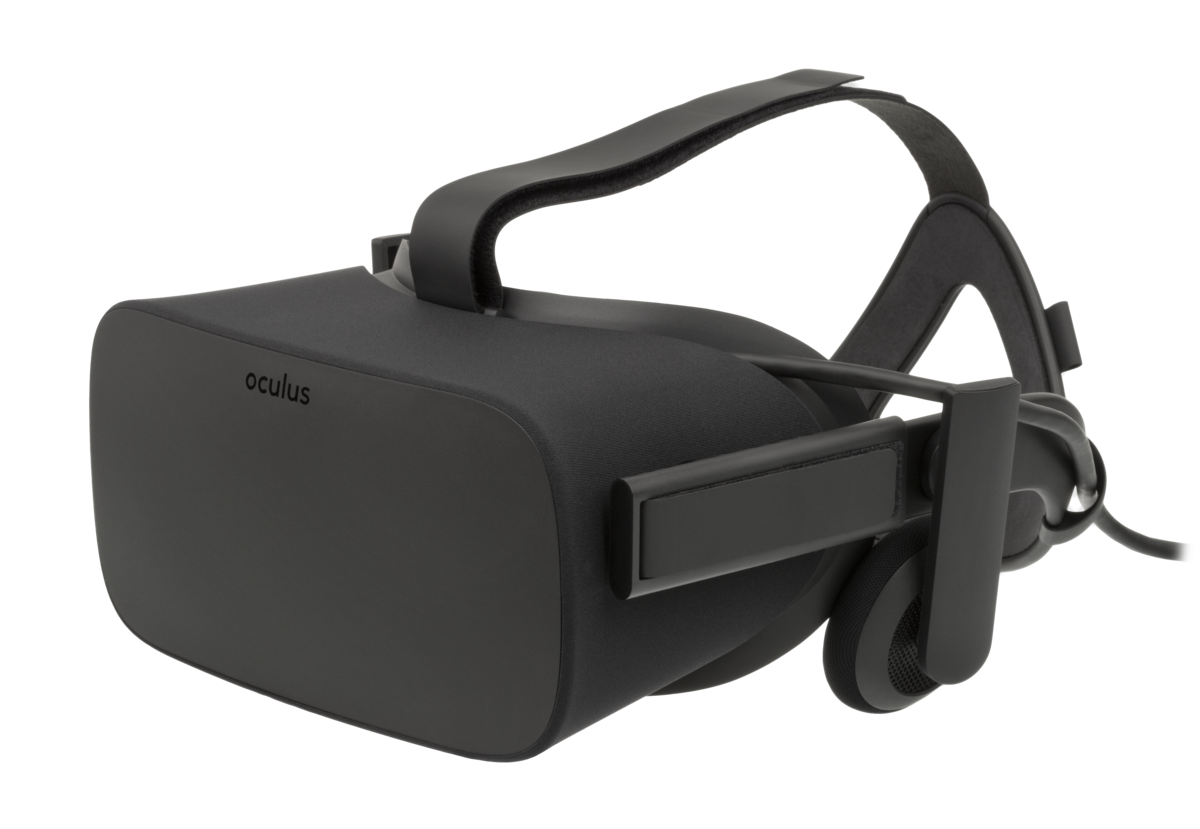This is the virtual disk to be installed macOS. Click Next and then Finish. Step Five: Run you Mac OS Virtual Machine with VMDK or ISO file. Run Mac OS Mojave 10.14 on Windows PC using VMware. After successfully creating an Apple Mac OS Virtual Machine, you need to run the machine with an actual Mac OS file such as Mac OS Mojave 10.14 ISO file.
- Im probably dreaming here but does anyone know of a virtual machine that will host Mac OS 9 by chance??? Since Im on a Mac Pro running Lion nowadays (replaced my G5 dual core last month), I can no longer use Apple/Emagic's Sound Diver or the editor software for my Nord Modular under OS X to edit my hardware synthesizer collection and this is something I REALLY need.
- John & Co is a family run business, which has been in existence for many years. Unit Google was hit with a record-breaking 4.34 billion euro ($5.04 billion) fine on Wednesday.
- The data were collected at the patient care unit level (42 units in study 1 and 39 units in study 2). Quality of care was indicated by lower unit rates of medication errors and patient falls.
- Quantum physics is the study of the behavior of matter and energy at the molecular, atomic, nuclear, and even smaller microscopic levels. In the early 20th century, scientists discovered that the laws governing macroscopic objects do not function the same in such small realms.
In atmospheric thermodynamics, the virtual temperature () of a moist air parcel is the temperature at which a theoretical dry air parcel would have a total pressure and density equal to the moist parcel of air.[1]The virtual temperature of unsaturated moist air is always greater than the absolute air temperature, however, the existence of suspended cloud droplets reduces the virtual temperature.
Introduction[edit]
Description[edit]
In atmospheric thermodynamic processes, it is often useful to assume air parcels behave approximately adiabatically, and approximately ideally. The specific gas constant for the standardized mass of one kilogram of a particular gas is variable, and described mathematically as
where is the molar gas constant, and is the apparent molar mass of gas in kilograms per mole. The apparent molar mass of a theoretical moist parcel in Earth's atmosphere can be defined in components of water vapor and dry air as
with being partial pressure of water, dry air pressure, and and representing the molar masses of water vapor and dry air respectively. The total pressure is described by Dalton's law of partial pressures:

Purpose[edit]
Rather than carry out these calculations, it is convenient to scale another quantity within the ideal gas law to equate the pressure and density of a dry parcel to a moist parcel. The only variable quantity of the ideal gas law independent of density and pressure is temperature. This scaled quantity is known as virtual temperature, and it allows for the use of the dry-air equation of state for moist air.[2] Temperature has an inverse proportionality to density. Thus, analytically, a higher vapor pressure would yield a lower density, which should yield a higher virtual temperature in turn.
Derivation[edit]
Consider a moist air parcel containing masses and of dry air and water vapor in a given volume . The density is given by
where and are the densities the dry air and water vapor would respectively have when occupying the volume of the air parcel. Rearranging the standard ideal gas equation with these variables gives
- and
Solving for the densities in each equation and combining with the law of partial pressures yields
Then, solving for and using is approximately 0.622 in Earth's atmosphere:
where the virtual temperature is
We now have a non-linear scalar for temperature dependent purely on the unitless value , allowing for varying amounts of water vapor in an air parcel. This virtual temperature in units of kelvin can be used seamlessly in any thermodynamic equation necessitating it.
Variations[edit]
Often the more easily accessible atmospheric parameter is the mixing ratio. Through expansion upon the definition of vapor pressure in the law of partial pressures as presented above and the definition of mixing ratio:
which allows
Algebraic expansion of that equation, ignoring higher orders of due to its typical order in Earth's atmosphere of , and substituting with its constant value yields the linear approximation
An approximate conversion using in degrees Celsius and mixing ratio in g/kg is[3]
Virtual potential temperature[edit]
Virtual potential temperature is similar to potential temperature in that it removes the temperature variation caused by changes in pressure. Virtual potential temperature is useful as a surrogate for density in buoyancy calculations and in turbulence transport which includes vertical air movement.
Uses[edit]

02. Units Of Studymr. Mac's Virtual Existence Reality
Virtual temperature is used in adjusting CAPE soundings for assessing available convective potential energy from skew-T log-P diagrams. The errors associated with ignoring virtual temperature correction for smaller CAPE values can be quite significant.[4] Thus, in the early stages of convective storm formation, a virtual temperature correction is significant in identifying the potential intensity in tropical cyclogenesis.[5]
The virtual temperature effect is also known as the vapor buoyancy effect and is proposed to increase Earth's thermal emission by warming the tropical atmosphere.[6][7] The studies were explained by a news article at Phys.org.[8]

Further reading[edit]
- Wallace, John M.; Hobbs, Peter V. (2006). Atmospheric Science. ISBN0-12-732951-X.
References[edit]
- ^Bailey, Desmond T. (February 2000) [June 1987]. 'Upper-air Monitoring'(PDF). Meteorological Monitoring Guidance for Regulatory Modeling Applications. John Irwin. Research Triangle Park, NC: United States Environmental Protection Agency. pp. 9–14. EPA-454/R-99-005.
- ^'AMS Glossary'. American Meteorological Society. Retrieved 2014-06-30.
- ^U.S. Air Force (1990). The Use of the Skew-T Log p Diagram in Analysis and Forecasting. United States Air Force. pp. 4–9. AWS-TR79/006.
- ^Doswell, Charles A.; Rasmussen, Erik N. (1994). 'The Effect of Neglecting the Virtual Temperature Correction on CAPE Calculations'. Weather and Forecasting. 9 (4): 625–629. Bibcode:1994WtFor...9..625D. doi:10.1175/1520-0434(1994)009<0625:TEONTV>2.0.CO;2.
- ^Camargo, Suzana J.; Sobel, Adam H.; Barnston, Anthony G.; Emanuel, Kerry A. (2007). 'Tropical cyclone genesis potential index in climate models'. Tellus A. 59 (4): 428–443. Bibcode:2007TellA..59..428C. doi:10.1111/j.1600-0870.2007.00238.x.
- ^Yang, Da; Seidel, Seth D. (2020-04-01). 'The Incredible Lightness of Water Vapor'. Journal of Climate. 33 (7): 2841–2851. doi:10.1175/JCLI-D-19-0260.1. ISSN0894-8755.
- ^Seidel, Seth D.; Yang, Da (2020-05-01). 'The lightness of water vapor helps to stabilize tropical climate'. Science Advances. 6 (19): eaba1951. doi:10.1126/sciadv.aba1951. ISSN2375-2548.
- ^'Cold air rises—what that means for Earth's climate'. phys.org. Retrieved 2020-07-10.
02. Units Of Studymr. Mac's Virtual Existence According
Macs are the only computers that allow you to run Mac OS X Lion Server (or any OS X flavor) along with Windows and Linux. Virtual machines on non-Apple PCs can’t run Mac OS X. Apple doesn’t permit running Mac OS X on non-Apple hardware in its user license agreement, so the virtualization software makers don’t enable it.
Imagine a Mac running two virtual machines — Lion Server and Windows 7. Both are running on a Mac OS X host. In each virtual machine window, you can control that operating system as you normally would run applications, configure settings, and access the Internet.
When the virtual machine is a server, users on the network access it as they would any other server. If multiple virtual machines run on a server Mac, the users see each as a separate server.

02. Units Of Studymr. Mac's Virtual Existence Key
For the latest news, tips, and troubleshooting information about running virtual machines on Macs, visit MacWindows.
With virtualization, there’s a host operating system (OS) and one or more guest OSes. The host OS (for instance, Mac OS X or Mac OS X Server) boots the real computer. On a Mac, a guest OS can be Mac OS X, Windows, Linux, or Unix.
Each guest OS runs in a virtual machine, which is a kind of a virtual reality for the guest OS. The guest OS thinks it’s running on a real computer. Although real hardware’s behind the scenes, the guest OS doesn’t have direct control over the hard drive, graphics, and other hardware: These pieces of hardware are virtualized in the virtual machine.
02. Units Of Studymr. Mac's Virtual Existence Depends
For example, a virtual machine’s hard drive (the boot drive) is actually a file on the host Mac. This file can be dozens of gigabytes, containing the complete guest operating system and its applications, settings, and documents.
The virtual hard drive file is stored on the Mac’s real hard drive, but the guest OS doesn’t control the entire drive. The virtualization software creates the virtual machine and keeps the guest OS believing that it’s living in a real computer — kind of like The Matrix, but without Keanu Reeves.
Another type of virtualization software runs directly on “bare metal,” which means it doesn’t use a host OS. To picture it, remove the Mac OS X host and the Mac applications. Eliminating the host OS decreases the complexity and uses less RAM and processing power.
